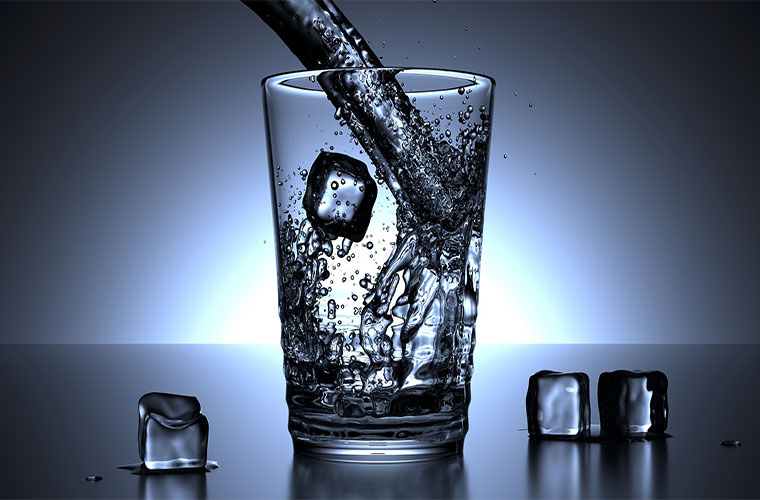If you live in the UK and are looking for a water purifier which can deliver clear, fresh water to your home or business, you may have come across reverse osmosis water filter systems. RO water purifiers are very popular for good reason; they are extremely efficient at doing their job.
Put simply, a reverse osmosis machine uses a basic scientific concept to achieve outstanding results. And what’s more, an RO machine can fit easily under your sink leaving your work areas free. Below we take a look in more detail at reverse osmosis systems, how they work and what they can do for you.
What is reverse osmosis?
Osmosis is a chemical process that is present in nature and in the human body. During osmosis water moves from areas of high concentration, through a semipermeable membrane and into areas of low concentration. This would not be a helpful process for water purification but reverse osmosis has the opposite effect, and moves water in the other direction. In other words, reverse osmosis is a process that can extract clean water from dirty water.
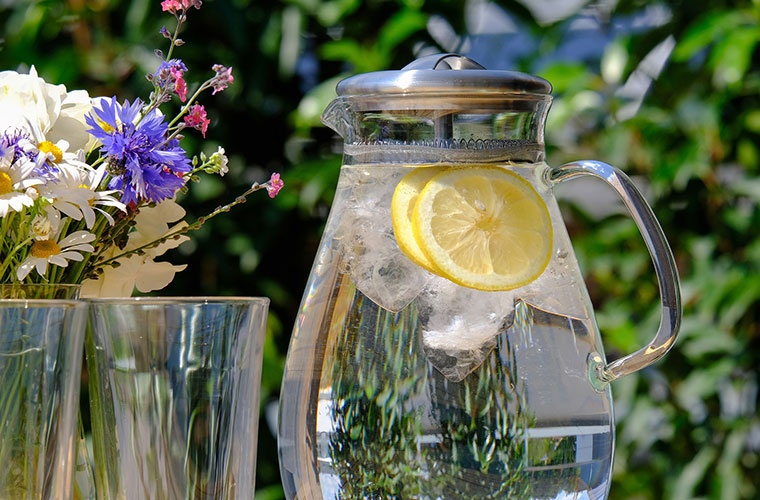
Reverse osmosis water purifiers
RO units use pressure to reverse natural osmosis and force water molecules through a special membrane at the same time as holding back unwanted dissolved chemicals such as sodium, and other impurities such as lead. Reverse osmosis does a very good job of this removal and eliminates 98% of unwanted impurities. However, the reverse osmosis water filter is not the only filter in an RO system. Further filters provide treatment before and after the reverse osmosis process.
What does a RO water purifier do?
As well as using a reverse osmosis filter, an RO system contains other filters, which work together to leave drinking water not only free of contaminants but also sparkling clean and attractive in the glass.
-
The pre-filter
Some larger sediment particles and chemicals such as chlorine can damage the reverse osmosis membrane so these are removed from household or business water by pre-filtering.
-
The RO water filter
The reverse osmosis filter can now complete its task and remove unwanted smaller and dissolved particles by forcing it through the semipermeable membrane. Discarded particles can then be flushed away down the drain.
-
The post-filter
Filtered water is clean enough to drink but it doesn’t always taste great or look sparkling. In an RO unit, the post-filter uses active carbon to give the filtered water a final polish and ensure it tastes sweet and fresh.
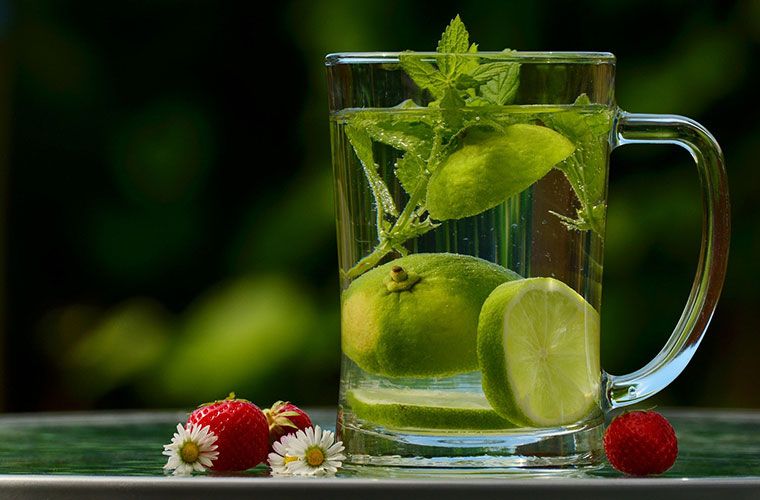
How does a RO system work?
Reverse osmosis water filter systems include a set of filters, a tap and a storage tank. The tank and filters fit neatly underneath your sink or unit and filtered water is stored in the tank until you need it. With professional fitting by our experienced team, clear, sparkling water at the turn of a tap will soon be available in your home or business. As time goes on your water filters will need replacing but this can be easily achieved without your water supply being turned off. We will always be on hand to answer any questions about your new reverse osmosis water filter system.
Do RO water filters offer any health benefits?
Water that is clean and free of contaminants is always going to be better for your body than water that hasn’t been filtered. One of the chemicals that reverse osmosis filter systems remove is lead, which can be extremely detrimental to human health. An RO system is also highly effective when it comes to removing certain bacteria (e.g. campylobacter), viruses (e.g. norovirus) and protozoa (e.g. giardia). For those who don’t want fluoride in their drinking water, a reverse osmosis filtration system provides the best solution.
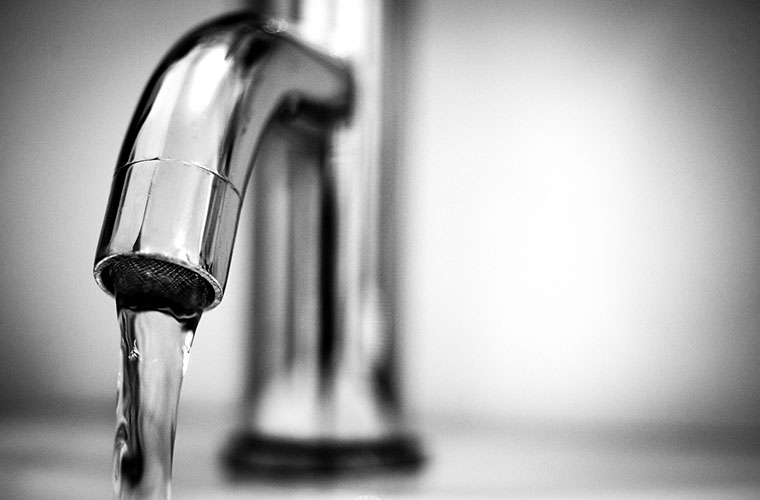
One of the most important health benefits of reverse osmosis water filters is that they encourage us to drink more water. When water tastes poor and looks unattractive, it can be difficult to persuade the family to drink the 1.2 daily litres required to avoid dehydration. You will almost certainly notice an increase in the amount of water your family and colleagues drink once tasty, clear water is available directly from a tap.
Are RO water filters good for the environment?
Compared to other water filter systems, reverse osmosis filters use less energy, which is good for both your energy bills and the environment. However the main environmental benefit of installing a water purification system is that you no longer need to buy bottled water.
However, plastic or not, bottles that contain bottled water will require some processing before the materials can be used again, and we have all seen the disturbing images of our plastic-covered oceans. Water from a reverse osmosis purification system tastes and looks as good as any bottled water and comes straight from your tap.
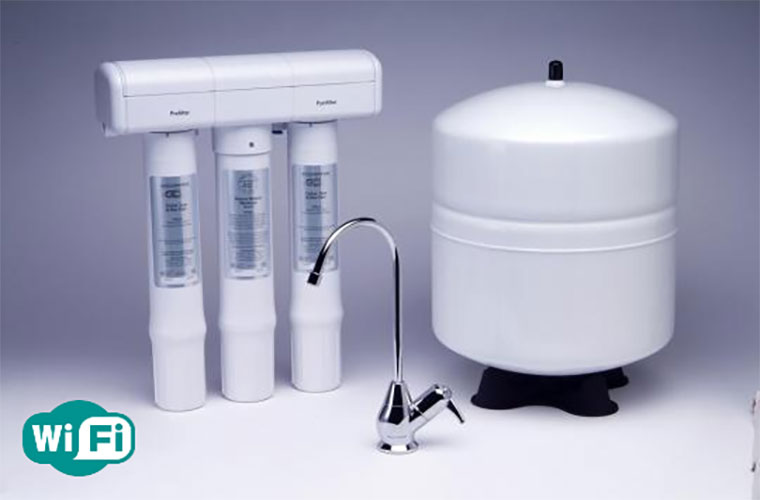
The EcoWater ERO 375 reverse osmosis drinking water purifier
This EcoWater RO system uses an advanced carbon and phosphate filter that offers clear water, consistent filtering and easy-to-change filter cartridges. Once this unit has been installed, you will always have clean, fresh-tasting water available in the under-unit tank.
At Hart Water we take our client satisfaction seriously and are always pleased to hear the difference our water filter systems have made to people’s lives. Our expert team offers competitive pricing on a range of taps, water softeners and water filters. We are only too happy to offer advice as well as reliable installation, service and repair. Get in touch today and let us answer your questions about ensuring access to clean, healthy and great-tasting water for your home or business.
- Water Softener Size Guide: How to Select the Perfect Fit for Your Home or Business - February 25, 2025
- Under Sink vs Whole House Water Filters: The Complete Homeowner’s Guide - November 27, 2024
- 7 Surprising Ways Water Softeners Transform Your Skin: Unveiling the Secret to Radiant Complexion - July 17, 2024

